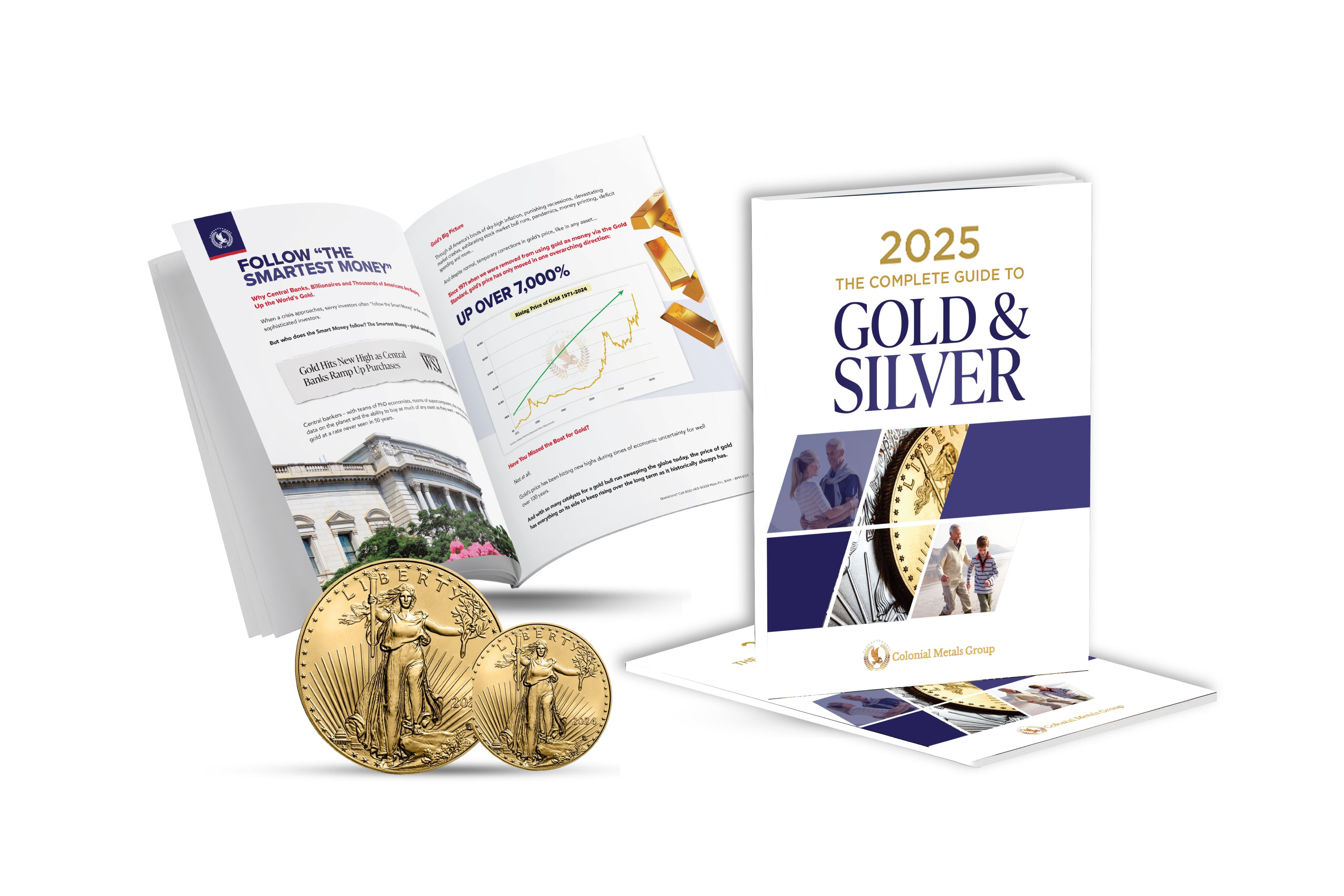
Remember when you thought the fight against inflation was finally over?
After watching inflation skyrocket from near-zero to a crushing 9.1% in 2022, Americans breathed a collective sigh of relief as it dropped to 2.4% by late 2024. The worst seemed behind us. The Fed had won the battle, right?
Well… Not so fast.
New data suggests the inflation fight may be far from over—and round two could be even fiercer.
The year began ominously with inflation jumping 0.5% in January alone, pushing the annual rate to 3%. While April and May have showed some moderation—2.3% in April and 2.4% in May—inflation rebounded in June to 2.7% and remains stubbornly above the Fed’s 2% target.
Economists had warned that the modest monthly increases in April and May were misleading because “tariffs aren’t having a large immediate impact because companies have been using existing inventories,” said Goldman Sachs. But the latest inflation data show these inventories may now be gone, forcing businesses to restock with more expensive, tariff-burdened imports.
Manufacturers now expect an inflation rate of 3.5% over the next year, while service firms are bracing for 4%. And American consumers expect prices to surge 5% in 2025, according to the University of Michigan Consumer Sentiment Survey in June.
If those forecasts prove accurate, we’d be right back where we were just three years ago—when inflation was hurting American families.
It’s the tariff wild card
What’s driving this pessimism? President Trump’s sweeping tariff campaign has fundamentally altered America’s economic landscape. America’s effective tariff rate is now 14.1%, up from just 2.3% last year, according to Fitch Ratings—a staggering 12-percentage-point increase.
JPMorgan estimates the announced measures could boost Personal Consumption Expenditures (PCE) prices by 1–1.5% this year, and “the resulting hit to purchasing power could take real disposable personal income growth into negative territory.”
Fed Chair Jerome Powell has already acknowledged that electronics have become more expensive, and he noted in June that the tipping point for broad consumer price increases could come this summer as inventories of pre-tariff warehoused goods dry up.
And Walmart, Target, Home Depot, and Costco among others have said in recent weeks that they will raise prices because of tariff pressures.
The question isn’t whether tariffs will drive prices higher—we’re already seeing the impact. The question is when the full impact will hit American wallets.
Why this time could be different—but not better
Unlike the pandemic-era inflation surge, which was largely driven by temporary supply disruptions and emergency spending, causing more money to chase after fewer goods, this inflation wave stems from permanent structural changes to trade policy.
Tariffs don’t disappear when supply chains get fixed. They don’t vanish when stimulus programs end. They remain in place, acting as a persistent tax on everything Americans buy—from cars and electronics to clothing and household goods.
What this means for your purchasing power
Inflation is a silent thief that never gives back what it steals.
If inflation hits 5%, like some economists forecast, you’ll lose that much purchasing power permanently. That $100,000 in your savings account today will buy significantly less a year from now. The groceries, utilities, housing, and healthcare costs that make up your daily expenses will all climb higher, while your dollars buy less and less.
But there is one proven solution…gold.
Gold not only survives inflationary periods—it thrives.
For instance, during the high inflation of the 1970s, gold rose from $35 an ounce in 1971 to over $800 by 1980, and since 1971 it has delivered an extraordinary 9,600% gain. It did exactly what it was supposed to do: preserve and grow purchasing power when paper assets fail.
With inflation warning bells ringing again, the question isn’t whether inflation will return. The question is whether you’ll be prepared for it.
Please don’t hesitate to reach out to us with any questions you may have.
May you be safe and well during these uncertain times.
Todd Sawyer, Director of Client Education
Colonial Metals Group





